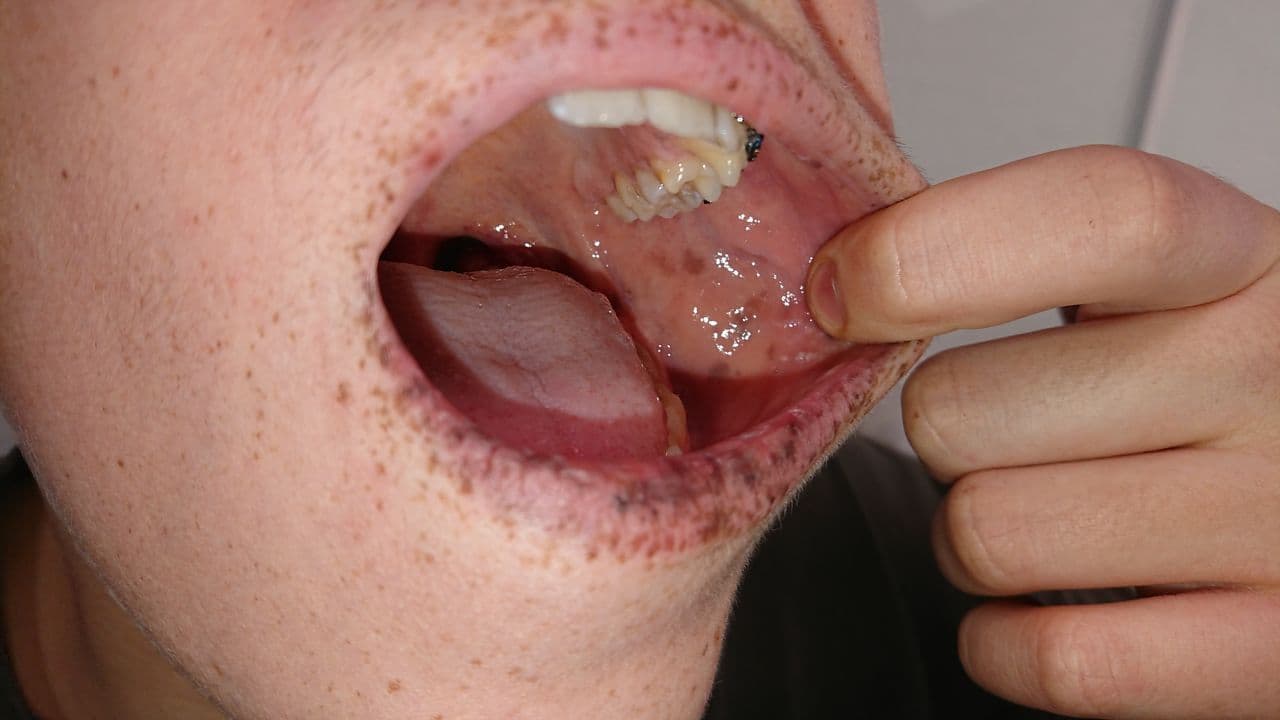Juvenile Polyposis Syndrome: Symptoms, Diagnosis, and Treatment

What is Juvenile Polyposis Syndrome?
Juvenile Polyposis Syndrome (JPS) is a rare genetic condition primarily characterized by the development of multiple gastrointestinal polyps that can significantly impact the health of affected individuals, mainly children and young adults. The polyps associated with JPS are distinct from other types of polyps due to their propensity to appear at a young age, often being benign, but they carry a heightened risk of developing into malignancies, particularly colorectal cancer. Understanding JPS is crucial for early identification and intervention, allowing for better health outcomes and quality of life for those affected.
The Genetic Basis of JPS
Juvenile Polyposis Syndrome is typically caused by mutations in one of the following genes:
- SMAD4: This gene plays a vital role in the signaling pathway that regulates cell growth and differentiation. Mutations can lead to aberrant signaling, resulting in the uncontrolled growth of polyps.
- BMPR1A: This gene is involved in the bone morphogenetic protein (BMP) signaling pathway, which is important for maintaining normal tissue structure and function. Mutations in BMPR1A can disrupt this pathway, leading to polyposis.
Even though the genetic basis of JPS can be well-understood, it is important to note that sporadic cases do exist without a known genetic mutation. Inheritance patterns can be autosomal dominant, meaning that a mutation in just one of the two copies of the gene provides a risk of developing the condition.
Symptoms and Manifestations
Understanding the symptoms of Juvenile Polyposis Syndrome is essential for parents, caregivers, and healthcare providers. Early recognition can lead to timely diagnosis and effective management.
Common Symptoms
Individuals with JPS may present various symptoms, which can sometimes overlap with other gastrointestinal conditions. The most prevalent symptoms include:
- Gastrointestinal Bleeding
- One of the hallmark features of JPS is gastrointestinal bleeding, which may appear as bright red blood in the stool (hematochezia) or dark, tarry stools (melena), indicating bleeding from higher in the gastrointestinal tract. In some cases, the bleeding may be subtle and chronic, leading to anemia.
- Abdominal Pain
- Patients often report abdominal discomfort. This pain can be cramp-like and may be intermittent or persistent, often correlating with periods of bleeding or polyp obstruction. In severe cases, abdominal pain might indicate bowel obstruction, requiring immediate medical attention.
- Anemia
- Chronic bleeding can lead to iron deficiency anemia, resulting in symptoms such as fatigue, weakness, and pallor. Parents should be vigilant for signs of lethargy or unusual tiredness in their children.
- Diarrhea or Constipation
- Changes in bowel habits are common in JPS patients. Some may experience persistent diarrhea due to inflammation caused by polyps, while others may suffer from constipation, especially if a polyp is obstructing the intestinal lumen.
Rare Symptoms
While the above symptoms are common, some children may experience additional manifestations that require awareness:
- Intussusception
- This serious condition occurs when part of the intestine slides into an adjacent segment, causing obstruction. It can lead to severe abdominal pain and vomiting.
- Bowel Obstruction
- Larger polyps or a high number of polyps can block the bowel, requiring acute medical intervention. Signs of bowel obstruction include significant abdominal distension, severe pain, and vomiting.
When to Seek Medical Attention
Given the potential severity of JPS, understanding when to consult a healthcare professional is essential. Parents should seek immediate medical attention if their child exhibits:
- Noticeable gastrointestinal bleeding
- Severe or persistent abdominal pain that doesn't improve
- Signs of anemia, such as extreme fatigue or pallor
- Changes in bowel movements with severe diarrhea or constipation lasting more than a couple of days.